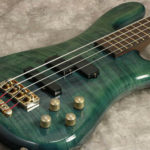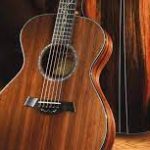
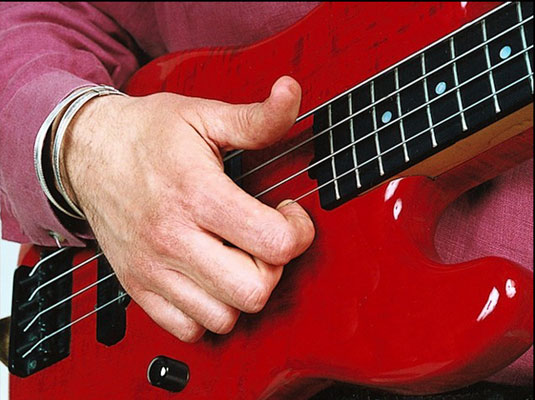
Perfecting Slap Bass Technique
When it comes to slap bass, one of the most common problems is lack of control over muting and thumb accuracy.
A good way to fix this is to change your perspective. Try to make muting and silence your first concern, and the notes secondary.
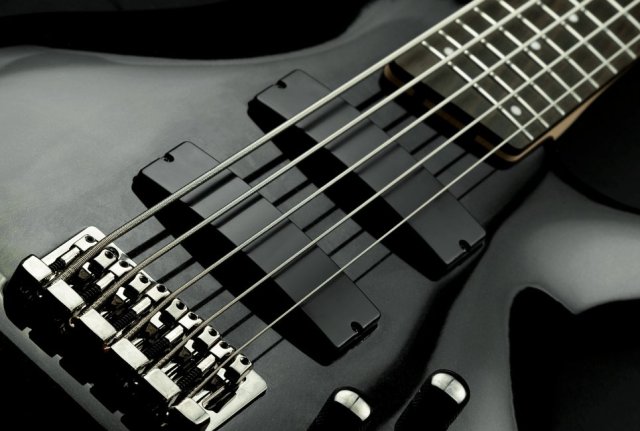
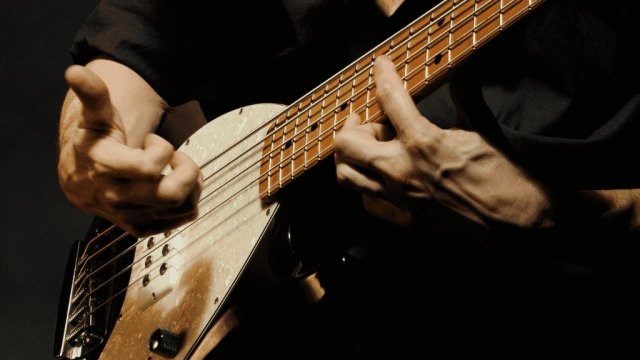
These exercises will help you control your hand and finger movement, so you only slap the strings you want to play. Technique is very important if you want nice and clean basslines.
#1

Play a C on the the third fret of the A string. Rest all four of your fingers across all of the strings to keep them from vibrating and making sound. This is like a resting position for your hand. Keep your hand very relaxed, so that you don’t press down on the strings. If you do hit a wrong string, by accident, it wont sound right, and would be out of key.
When you slap the C, lift your fingers up at the same time, as you slap the A string, while pressing the C note, with your fretting hand. Do this in one single movement.
Dont worry about speed. Try to get the technique down, so you make a single clean note. To end the note clean, return your fingers back across the string to the resting position, to mute the string.
#2

This is similar to exercise 1, but instead play a G on the third fret of the E string. For muting on the E string, it may be easier to mute across the other strings with just your fretting finger. You can use your hand, if that is more comfortable for you.

Most basslines involve more than one note on one string. In this exercise hit the quarter notes, four beats in a bar. Don’t worry about the speed. Play at a tempo you’re comfortable with. Play A and G on the E string (third and fifth frets.) Play C and D on the A string (third and fifth frets.) Then repeat.
These type of simple movements are the basis of most basslines.
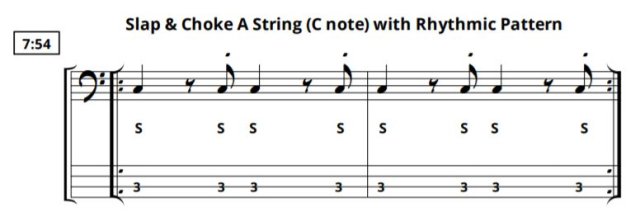
This is the same as exercise one, but with more rhythm. Instead of just slapping on the quarter note, break the line up, by slapping in different places. This is how slapping works for funk, because it creates the syncopated feel of the style.

This is the same as exercise 4. Do the same rhythmic pattern on G (third fret on the E string)

This is a similar rhythm through a simple chord change of C, F and G (the third fret of the A string, the first fret of the E string, and the third fret of the E string.) Work on clean muted notes, and a clean slap for each note.

Open strings have their own challenges. It is easy to hit other strings, which you want to avoid. The principle is the same. Hold down the strings before you slap the string. Release the E as you slap with your thumb, and choke it off immediately after. The goal is to make a single, clean, percussive note.
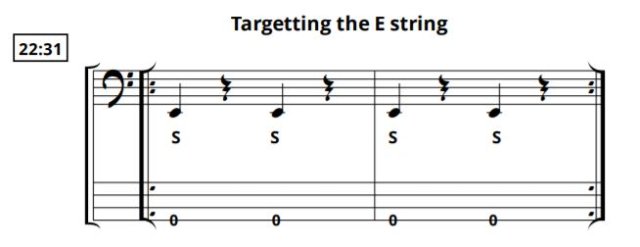
Slap lightly for more accuracy. Many people watch famous slap bassists, like Flea, and think that slapping is about aggression. Aggressive styles are fine, but for beginners, its more important to build a solid foundation, based on accuracy. In this exercise, work on targeting a specific string, the open E.
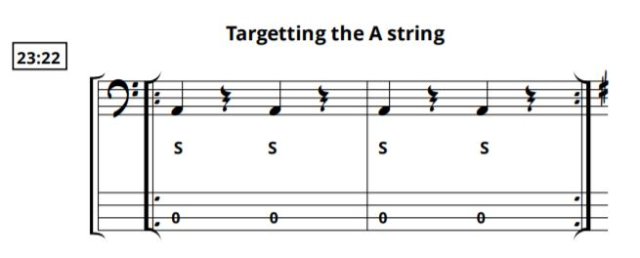
Do the same with the A string. These exercises will help build kind of muscle memory for where to position our fingers and hands when we know which string we are going to slap. This will develop independence, accuracy and – ultimately – speed.

And finally we bring together all the things we’ve learned to play through the G Major scale. As with all these exercises, start slowly and remember that we’re aiming for accuracy and clarity in our playing ahead of speed. Speed will come with time!













